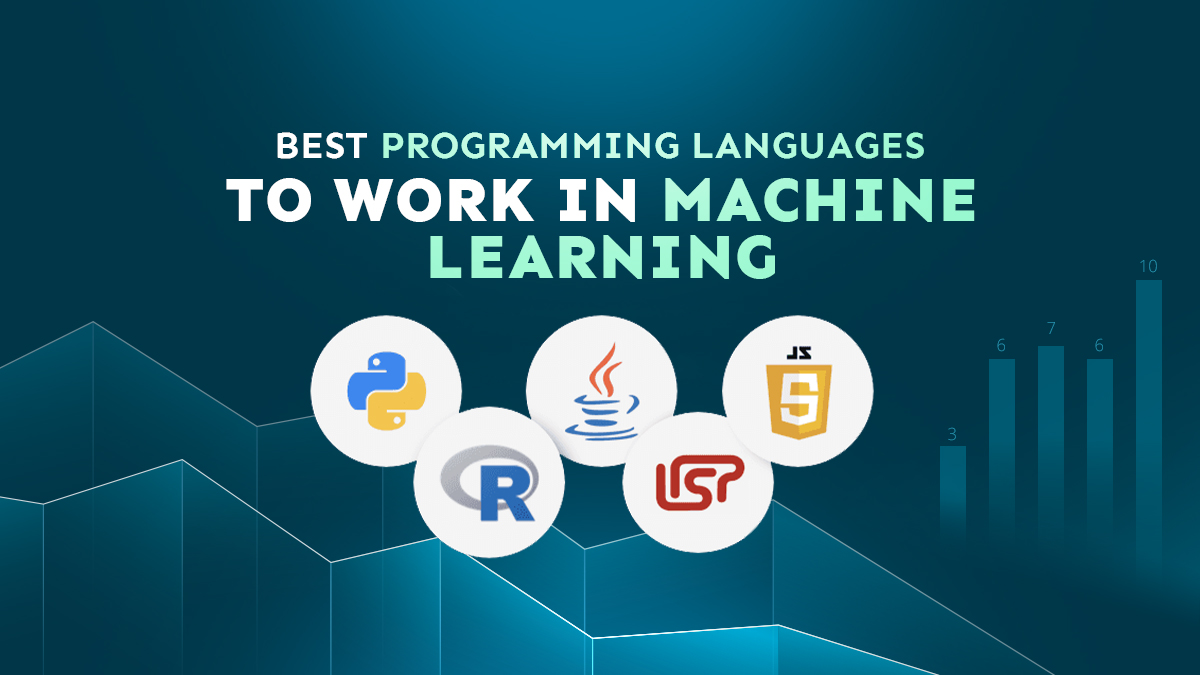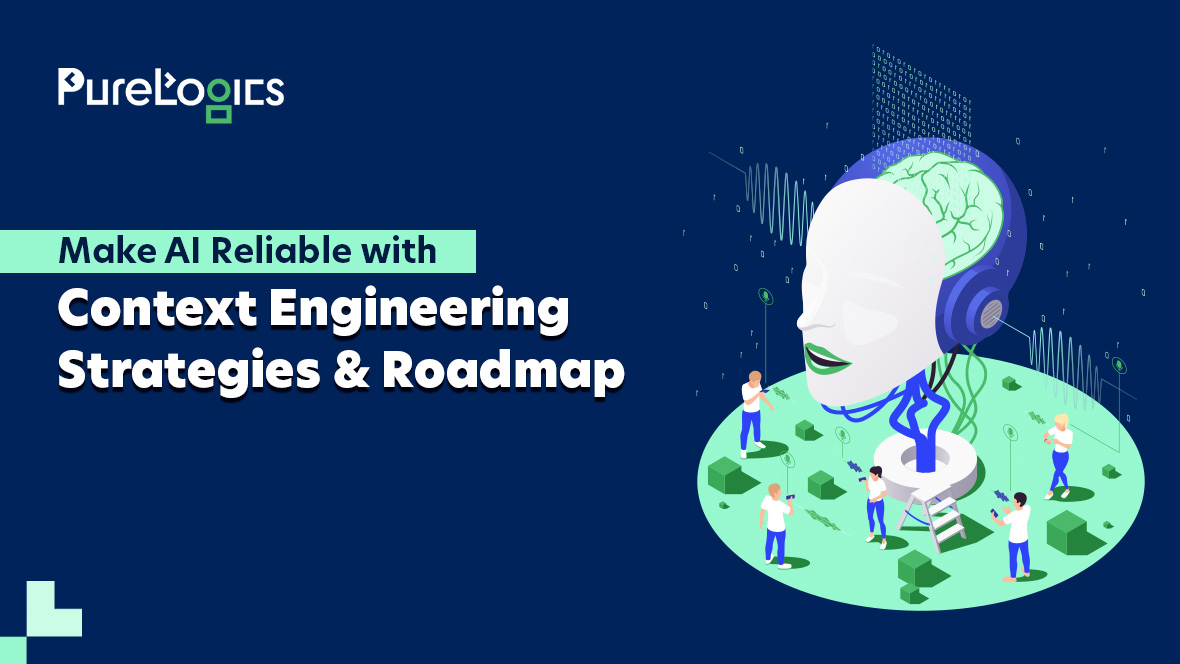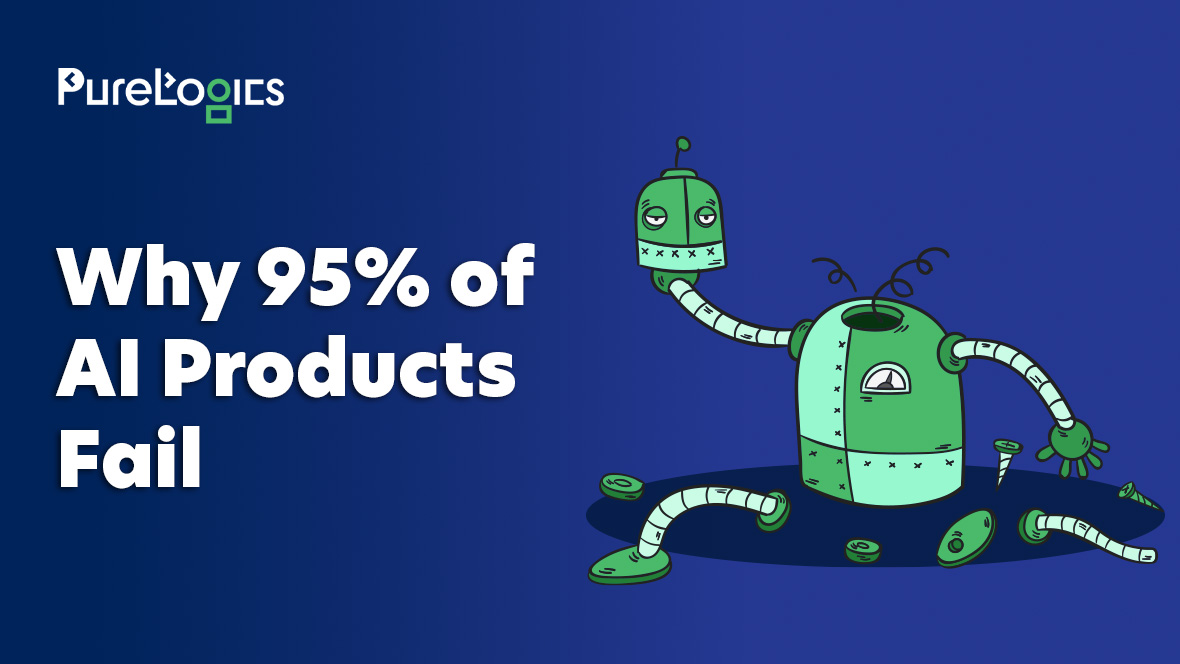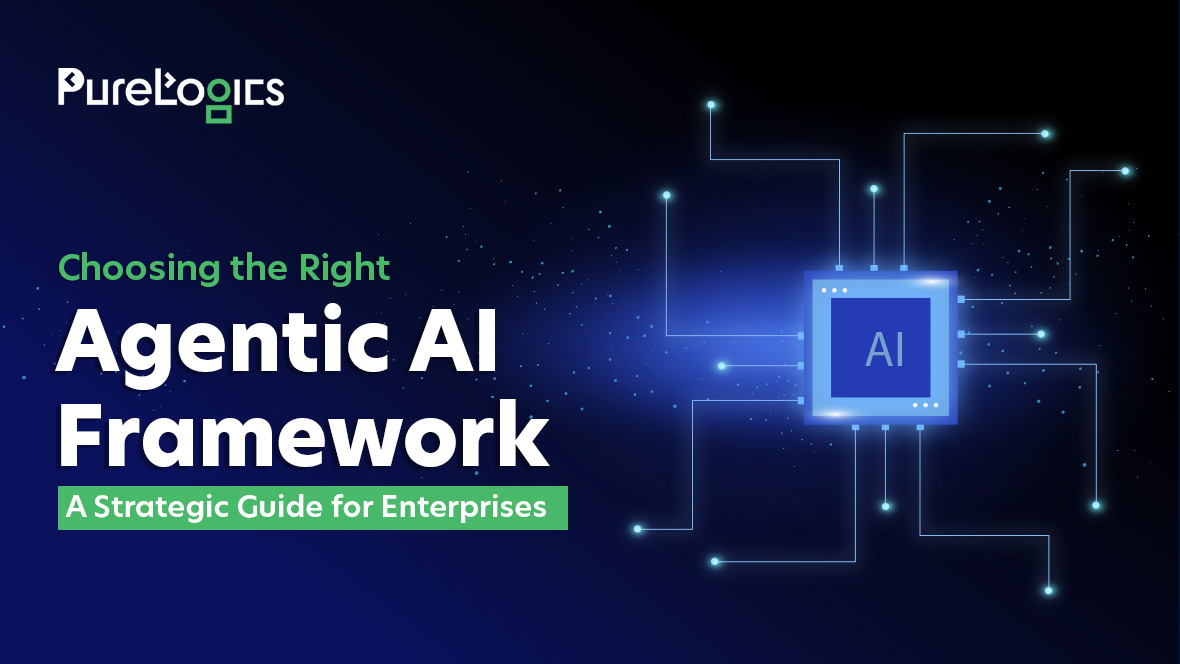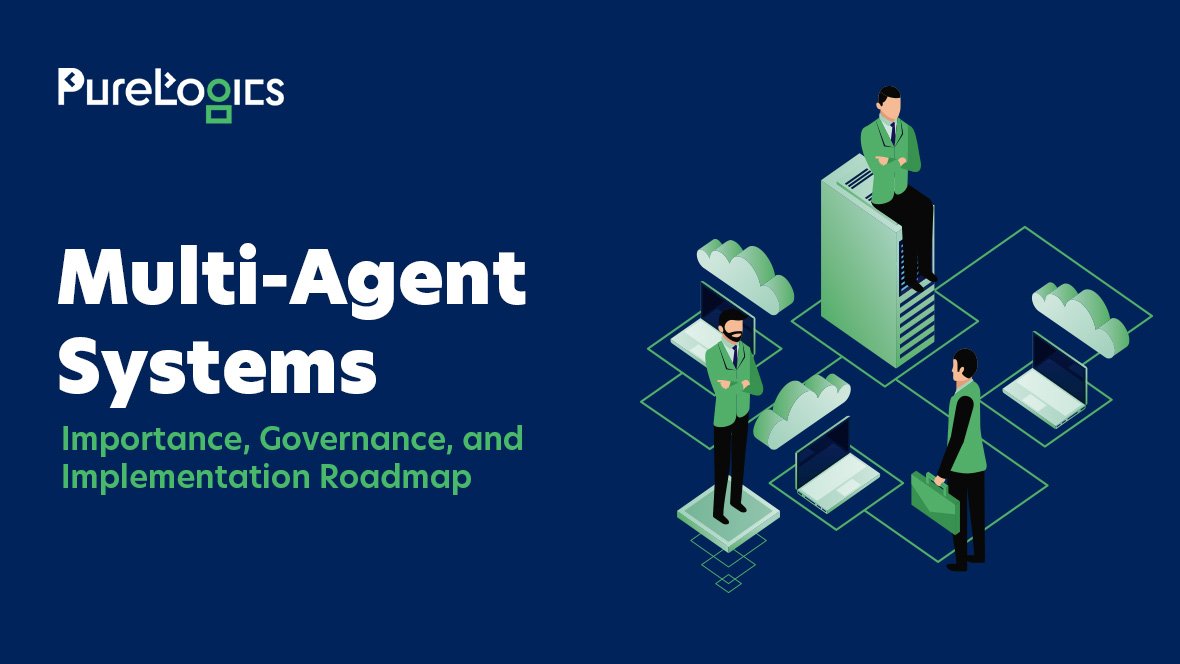These days, all the data science forums, Quora, Stack Overflow, and other Q&A sites are buzzing with one question:
“Which programming language should I pick for my machine learning or deep learning project?”
While there are many articles written to answer these questions, this post explains the pros and cons of different programming languages to use for your ML project based on a survey conducted on data scientists and machine learning software developers about which languages they prefer to use and what best practices they keep in mind. In this article, we have compared the top 4 languages, and the results prove that there is no simple answer to the “which language?” question. It’s highly dependent on what you’re building and the professional background of the developer.
The top 4 languages are namely Python, R, Matlab/Octave, and C/C++/ Java. Other than these, Julia, Scala, Lisp, Ruby, and SAS are also used by some developers. Let’s first look at the overall popularity of machine learning languages.
Python is by far the most popular language to work in ML.
Python is the hot favorite among developers. 57% of data scientists and ML developers use it, and most of them prioritize it for development. A reason for this is that there are a huge number of built-in libraries available. Many deep learning Python frameworks have evolved over the past two years with the release of TensorFlow. Python has a simple syntax and is more high-level. Being an interpreted language, the performance of python for a computational task is lower than that of the lower-level programming languages. Extensive libraries such as NumPy and SciPy have been developed on lower-level Fortran and C implementations for fast and vectorized operations on multidimensional arrays. In areas that are less enterprise-focused, such as natural language processing (NLP) and sentiment analysis, Python is a developer’s first choice. Python has universal support for all DNN frameworks (like Theano), which gives it a clear edge over other languages.
R LANGUAGE
Originally, R was built as a statistical language, so it has more built-in support for statistical/data analysis and visualization. Mostly, R and python are compared with each other which is unjustified since R is the language with the lowest prioritization-to-usage ratio according to the survey because of its learning curve. Only 17% of developers who are using it also prioritise it. So we can say that in most cases, R is not a developer’s first choice. R is more functional, whereas Python is more object-oriented. So, if you have more exposure to object-oriented programming, Python is easier than R, but if you have a functional programming background, R is your language. Python relies on packages and libraries which makes python a little slow as compared to R in statistical tasks. R is the language of choice for a quick prototype, but for long-term use, Python is the most preferred language. R is highly used in the areas of bioengineering and bioinformatics.
Java and the C/C++ family
C/C++ and Java are also widely used by developers, and some of them who use them actually love them. If you want fast computation to benchmark your algorithm, nothing can beat C or C++. Areas such as artificial intelligence (AI) in games and robot locomotion require more control, high performance, and efficiency. Therefore, a lower-level programming language such as C or C++ comes with highly sophisticated AI libraries and is a natural choice.
Java offers robust libraries such as Weka and Mahout. Also for the implementation, core algorithms like regression (LIBLINEAR) and SVM (LIBSVM) are written in C. Java and the C family provide more execution speed and system reliability. Java is preferred more by those working on network security, cyber attacks, and fraud detection.
MATLAB/OCTAVE
Matlab and Octave are great for modelling and processing data, but are considered more application-specific. These are more like writing mathematical equations. Matlab is best suited to run algorithms with only numbers like some regression or classification algorithms, where you could actually control all the optimizations by fixing various regularizations parameters and can add on your own. The area where they are used the most is computer vision, since MATLAB is excellent for representing and working with matrices. It’s easy to code and very efficient to draw curves. It’s an excellent language or platform to use when climbing into the linear algebra of a given method.
In Matlab, it’s difficult to do real programming (OOP). Matlab is proprietary software that needs a licence for its use, whereas other languages are free or open-source software and have no cost involved for their usage. This is where Matlab loses a little bit in comparison to other programming languages. Octave is open source, but it does not support all Matlab equivalents.
To Sum It Up, There Is No Such Thing As A ‘Best Language For Machine Learning ’
It all depends on what you want to build, where you’re coming from, and why you got involved in machine learning. If you are curious to know what the fuss is about and want to explore machine learning, go for Python. If you work in an enterprise environment, Java is the best choice for you. Those who are engineers and want to get close to hardware, such as for IoT projects, should use C. For mastering objects, use C++. For statistical data, go for R, and for image processing, use Matlab. Whatever the case may be, machine learning is the future, and the journey is guaranteed to be a mind-blowing one, irrespective of what language you pick to develop in.
PureLogics has been working on a number of machine learning projects in R, Python, Java, ROR, and other programming languages. We offer the best-of-breed software outsourcing services and can help you harness the latest technology trends. Contact us to find out how your business can reach new heights.


 [tta_listen_btn]
[tta_listen_btn]
 October 1 2018
October 1 2018

